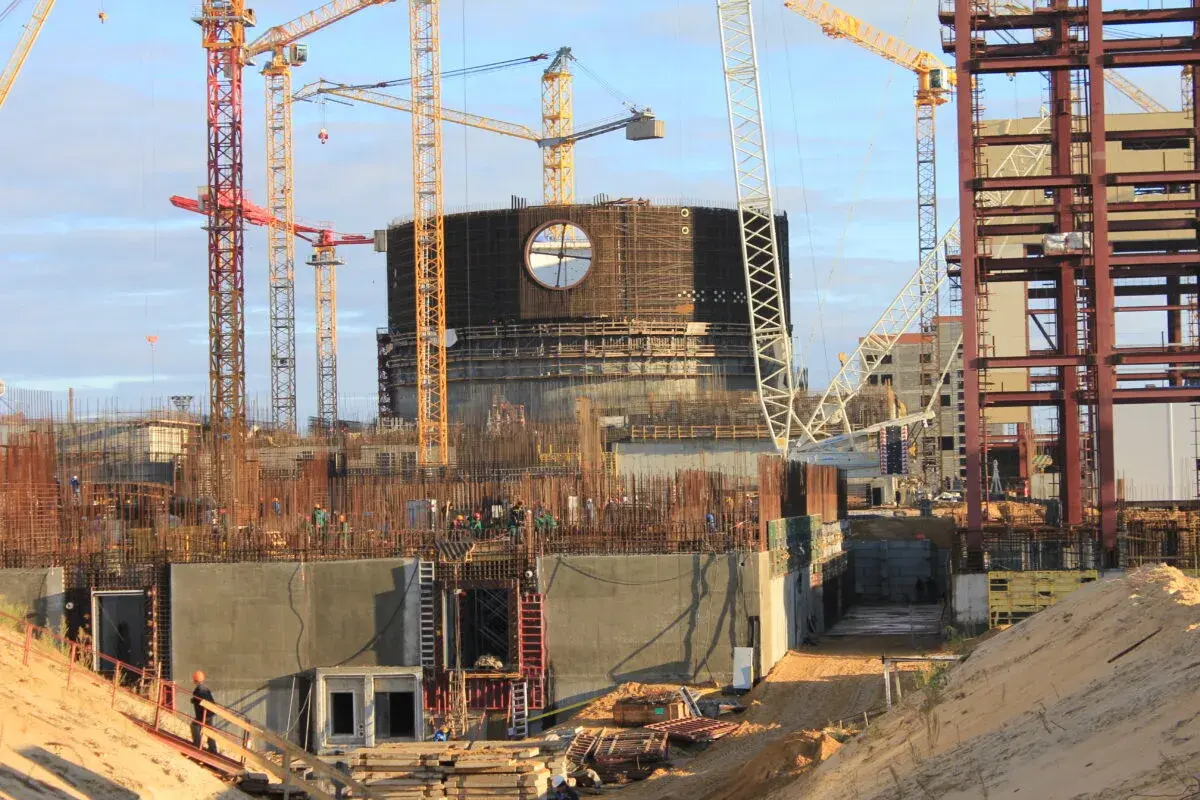“But even in the only country that is massively building, China, nuclear development is comparatively marginal. In 2023, China started up one new nuclear reactor, that is plus 1 GW, and more than 200 GW of solar alone. Solar generated 40% more power than nuclear and all non-hydro renewables—mainly wind, solar, and biomass—generated four times as much as nuclear.”
The report also highlights how nuclear power is being challenged not only by the strong growth of solar and wind, but also by battery storage, whose costs are projected to decline below those of coal-fired and nuclear power plants by around 2025 in China. “Solar plus storage is already significantly lower than nuclear power in most markets today, as well as highly competitive with other low-emissions sources of electricity that are commercially available today,” it also notes.
The authors also cite data from investment bank Lazard revealing that solar-plus-storage can already be cheaper than gas peaking and new nuclear. “The competitive cost and large-scale availability of variable renewable energy sources combined with firming options—especially storage—could well turn out to be the game-changer of energy policy in the years to come,” they further explain.



Jokes on you, solar energy is nuclear fusion
So is biomass. And wind. And fossil fuels. And hydro.
In fact, I think only geothermal and fission aren’t fusion-based.
Tidal is also non fusion based
Not with that attitude
All atoms higher than hydrogen come from stars. So in the end, everything is derived from fusion. Therefore, geothermal and fission can only exist because of nuclear fusion.
Fossil fuel is by extension of extension. Fission by extension of extension of extension.
Fission is based on the fusion that took place in ancient supernovae.
Neutron star collision. Supernova nucleosynthesis is also when fusion turns off.
Everything is stardust so it’s everything fusion based?
The kinetic energy in that stardust, and the gravitational potential energy of stardust pulling itself into tighter balls, doesn’t necessarily come from fusion. There’s all sorts of cosmological forces and energy out there, and I don’t think they all trace back to nucleii smushing together.
That’s true I suppose.
Heavier nucleosynthesis requires neutron star collisions, so not fusion-driven. Supernovas are also when fusion stops.
Solar panels are fusion harvesters.